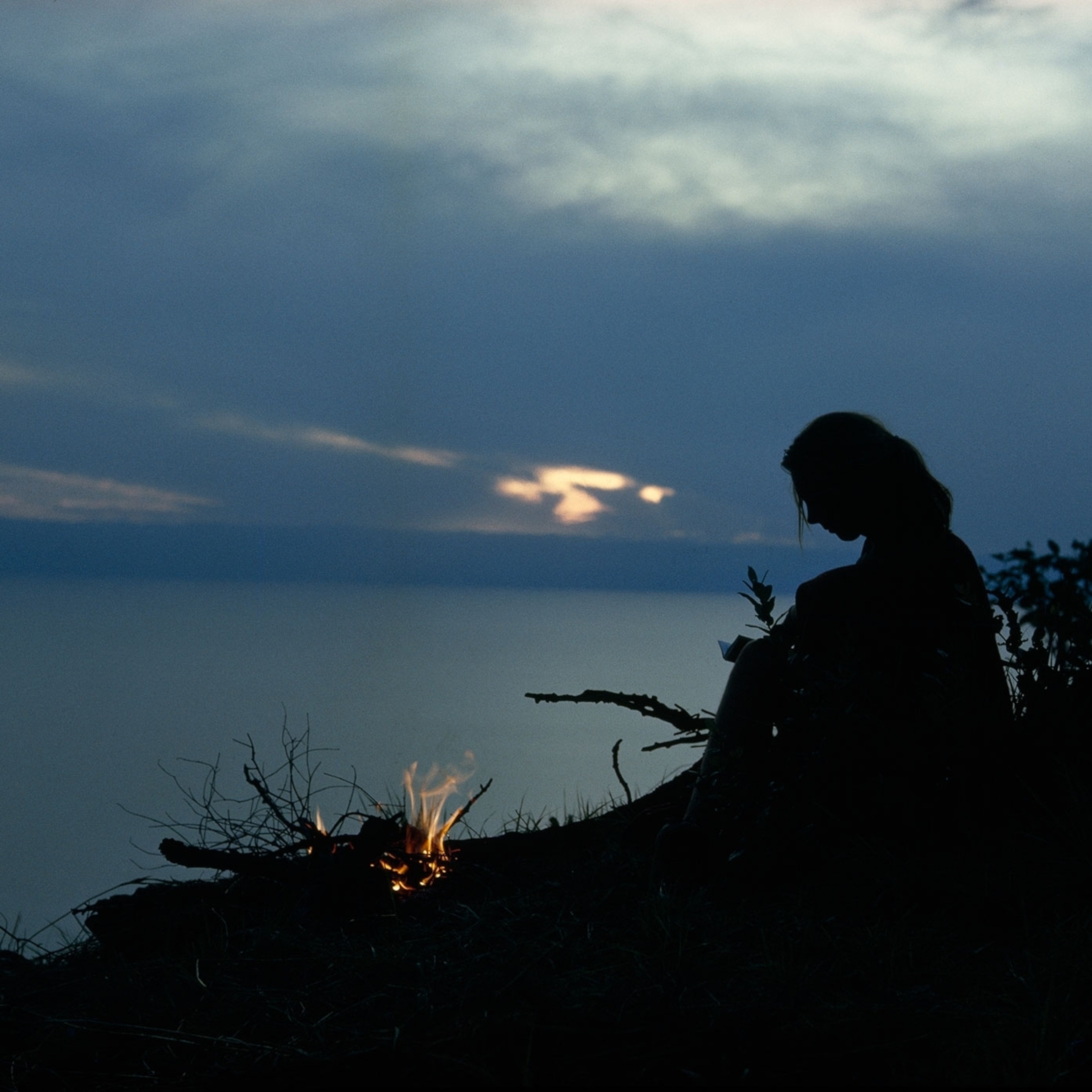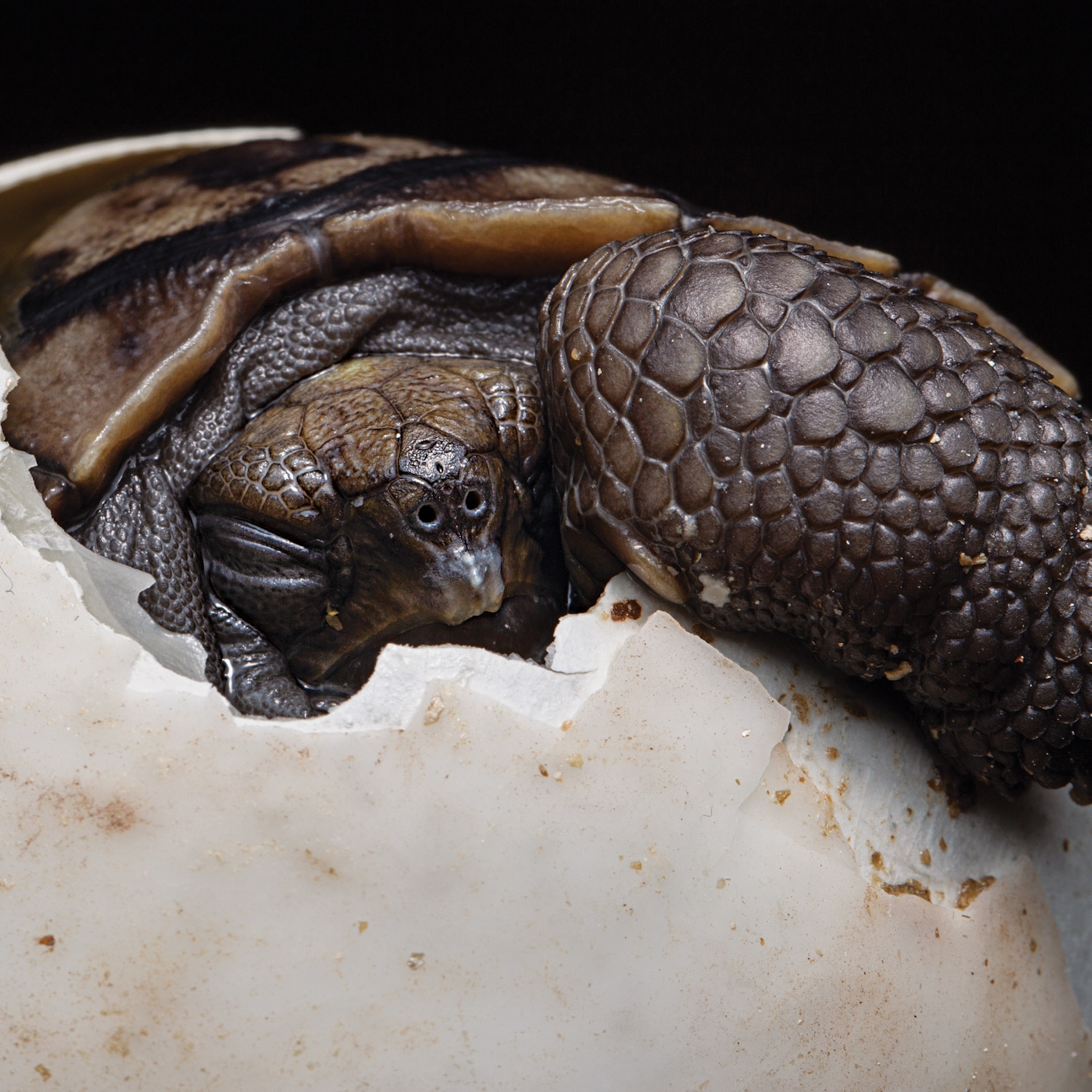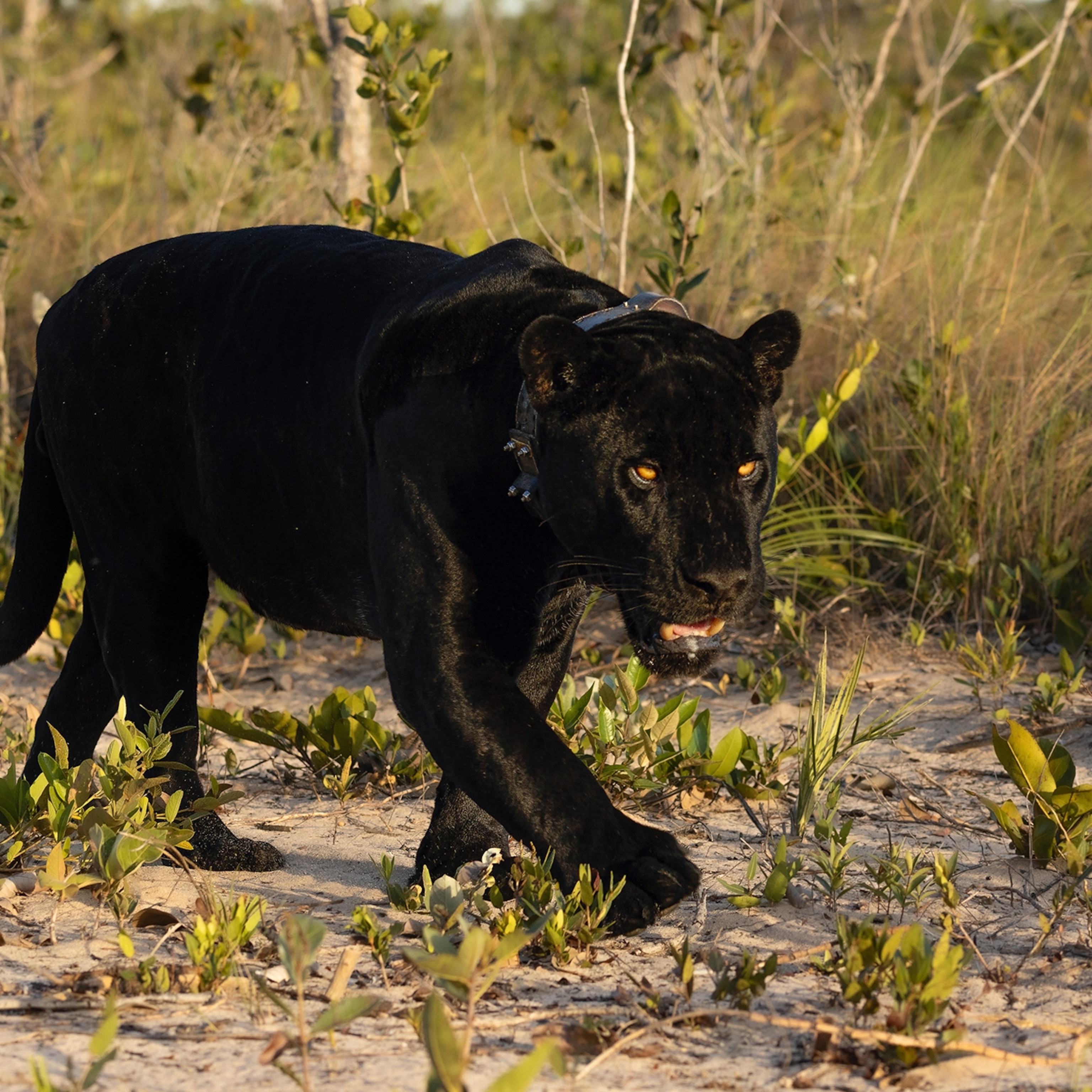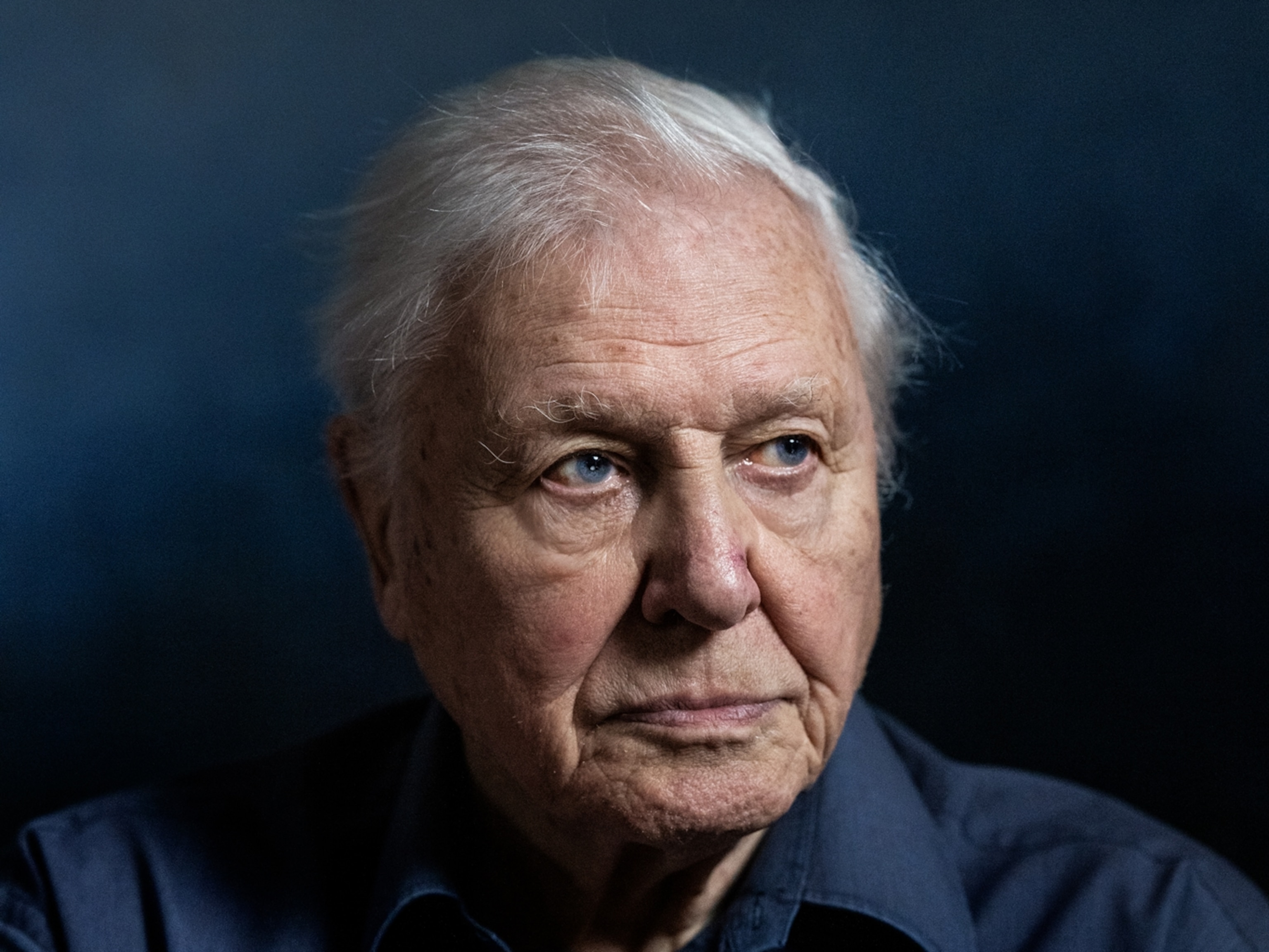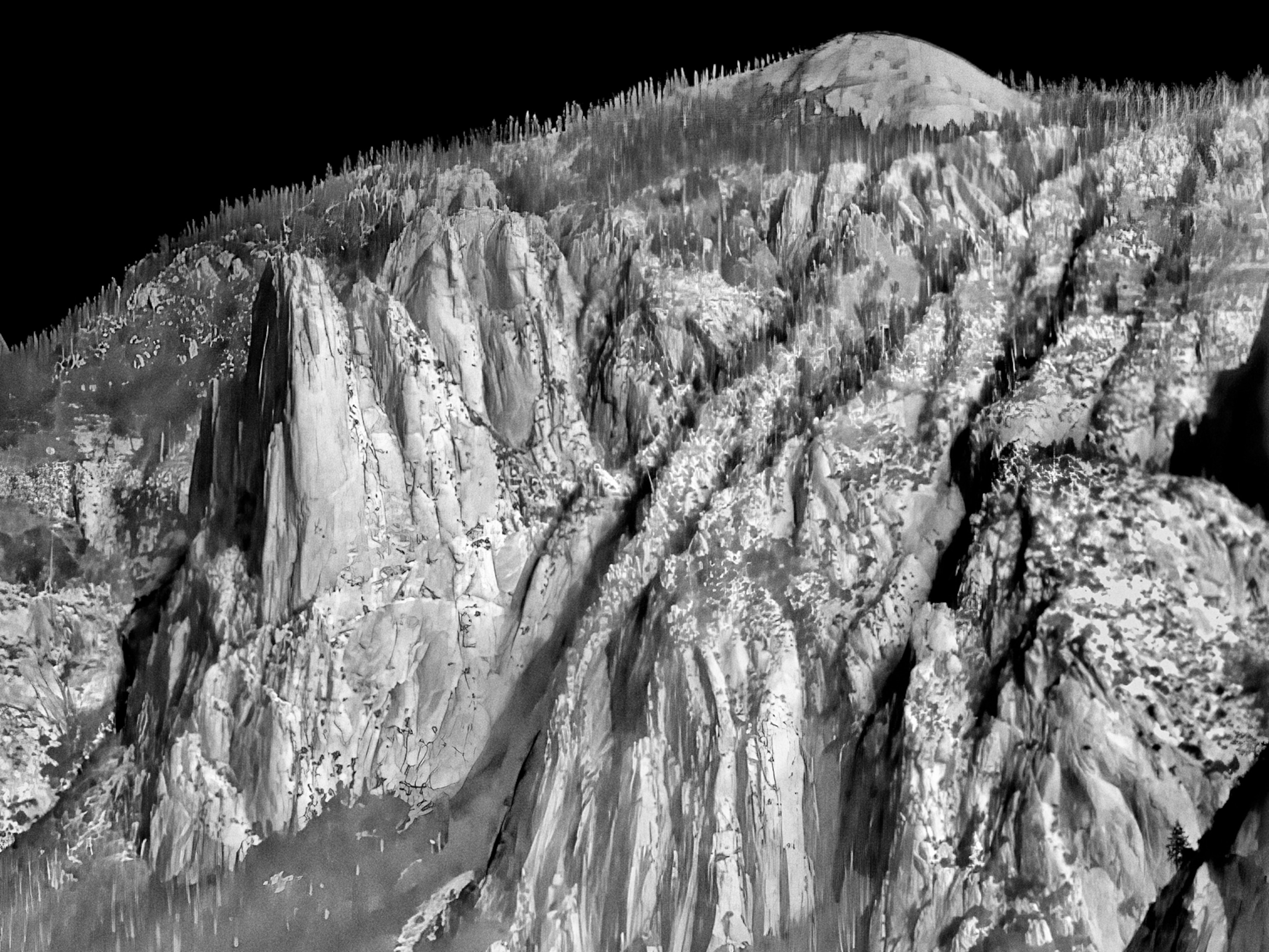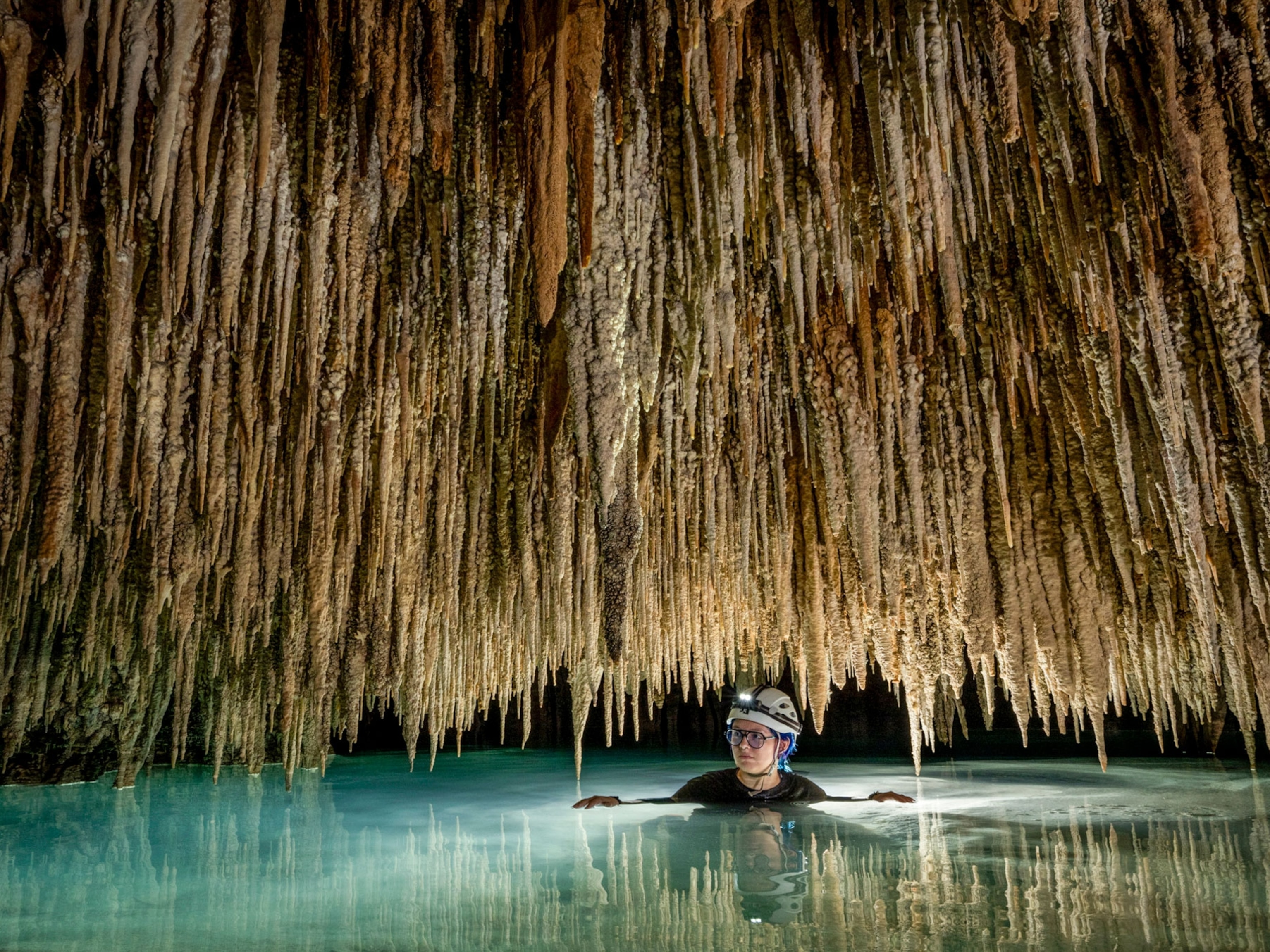Maestro Juan Flores’s apprentices brought my passport to the spirit world of jaguars in a small plastic chalice. It contained “la medicina,” a syrupy brown decoction of chacruna leaves and ayahuasca vines boiled down for two days and then decanted into old water bottles. At the start of the ceremony, the maestro consecrated the brew with exhalations of mapacho smoke, the wild Amazonian tobacco. And then he began filling the chalice, pouring doses of several ounces for each of the congregants.
We waited on mats with blankets and plastic vomit buckets under the thatched roof of a large open-air pavilion called a maloca.
There were 28 of us—from the United States, Canada, Spain, France, Argentina, and Peru. We had all come in search of something to this remote outpost in the Peruvian Amazon built on the banks of a strange, lethally hot stream called the Boiling River. Some were hoping to find cures for serious afflictions; some were searching for direction; others simply wanted a glimpse into another world—the most esoteric corner of what Alan Rabinowitz broadly calls the “jaguar cultural corridor.” This domain encompasses the habitats and migration paths that his conservation organization, Panthera, is trying to protect to ensure the survival of the estimated 100,000 jaguars and the vitality of their gene pool.

Small bats zigzagged in the rafters. Two dangling bulbs held back the darkness of the forest. The medicine was doled out silently over the drone of the river, where wraiths of steam swayed in eddies of cool night air. When the apprentices came to me, I got onto my knees, an old Roman Catholic habit maybe, or just what everyone else was doing. One apprentice handed me the chalice, another stood by with a glass of water. As you might before stepping off a cliff, I hesitated, thinking of what the well-known curandero Don José Campos had told me in the busy Peruvian port of Pucallpa a few days before.
“You don’t take ayahuasca,” he said. “It takes you.”
I tipped the cup and drank.
I had to come see Maestro Juan at Mayantuyacu, the shamanic healing center he founded in the 1990s, hoping to learn more about jaguars, particularly those aspects of the animal that can’t be captured in camera traps. Panthera onca are the apex carnivores of North and South America. They are at once regal and ferocious, unrivaled in stealth, at home in rivers, on jungle ground, and in trees, their eyes glittering in the dark with the tapetum lucidum cells of their night-vision retinas. They have the most powerful bite, relative to their size, among the big cats. And, uniquely among the big cats, they bite the skulls rather than the throats of their prey, often piercing the brain and causing instant death. Their guttural, grating roar suggests nothing so much as the bass note of the life force itself.

But for thousands of years jaguars have had a double life—a figurative existence that dominates the art and archaeology of pre-Columbian cultures across much of the species’ historical range, from the southwestern U.S. to Argentina. Jaguars were worshipped as gods by the Olmec, the Maya, the Aztec, and the Inca, who carved jaguar effigies into their temples, their thrones, their pot handles, the spoons they made from llama bones. Images of the jaguar were woven into shawls and funeral shrouds of the Chavín people, whose civilization emerged in Peru around 900 B.C. Some tribes in the Amazon drank jaguar blood, ate jaguar hearts, and wore jaguar skins. Many believed that people could transform into jaguars and that jaguars could become human. To the Desana of northwestern Colombia, the jaguar was the manifestation of the sun; to the Tucano, the cat’s roar heralded rain. The Mayan word balam denotes both jaguars and priests or sorcerers. Among the Mojo people of Bolivia, the prime candidates for the job of shaman were men who had survived a jaguar attack.
Even today, when the species has been pushed out of more than half its original range, modern signs of this ancient intimacy are everywhere. Each August, for example, in a festival called Tigrada, residents of the southwestern Mexican city of Chilapa de Alvarez petition the jaguar god Tepeyollotl for rain and abundant crops by parading through the streets in jaguar masks and spotted costumes. The image of a snarling jaguar can be found on everything from cans of one of Peru’s most popular beers to beach towels, T-shirts, backpacks, rickshaws, fish shops, and gay bars.
Certainly the most mysterious aspect of the jaguar’s double life lies in the domain of the shaman and those extraordinary states of consciousness that aboriginal people of the upper Amazon have for millennia explored by way of psychotropic plants. In this occult realm where native healers claim they can trace the origin of all diseases and find cures with the help of spirits, the jaguar reigns as an ally, a guardian, a vital presence that can help cast out illness, catalyze transformations, and ward off dark forces. Among the cornucopia of Amazonian spirits said to dwell in lakes and rivers, in animals, and in the estimated 80,000 plant species that compose one of the planet’s most prodigious ecosystems, the jaguar is first among equals.
Mayantuyacu lies about 30 miles southwest of Pucallpa. “There wasn’t a road here four years ago,” said Andrés Ruzo as our truck turned off the clay and gravel highway onto a rough track over ground recently deforested by ranchers. At the bottom of a steep hill was a sanctuary of cabins and thatched-roof buildings set among trees echoing with the burble and peal of oropendola birds. Ruzo had gotten to know Mayantuyacu and Maestro Juan over the course of seven years studying the Boiling River as a Ph.D. candidate at Southern Methodist University, supported in part by grants from National Geographic. Water heated deep underground wells up through faults in the Earth to feed the stream, roughly four miles long. Parts of it (some over 200°F) are hot enough to kill any creature that falls in.
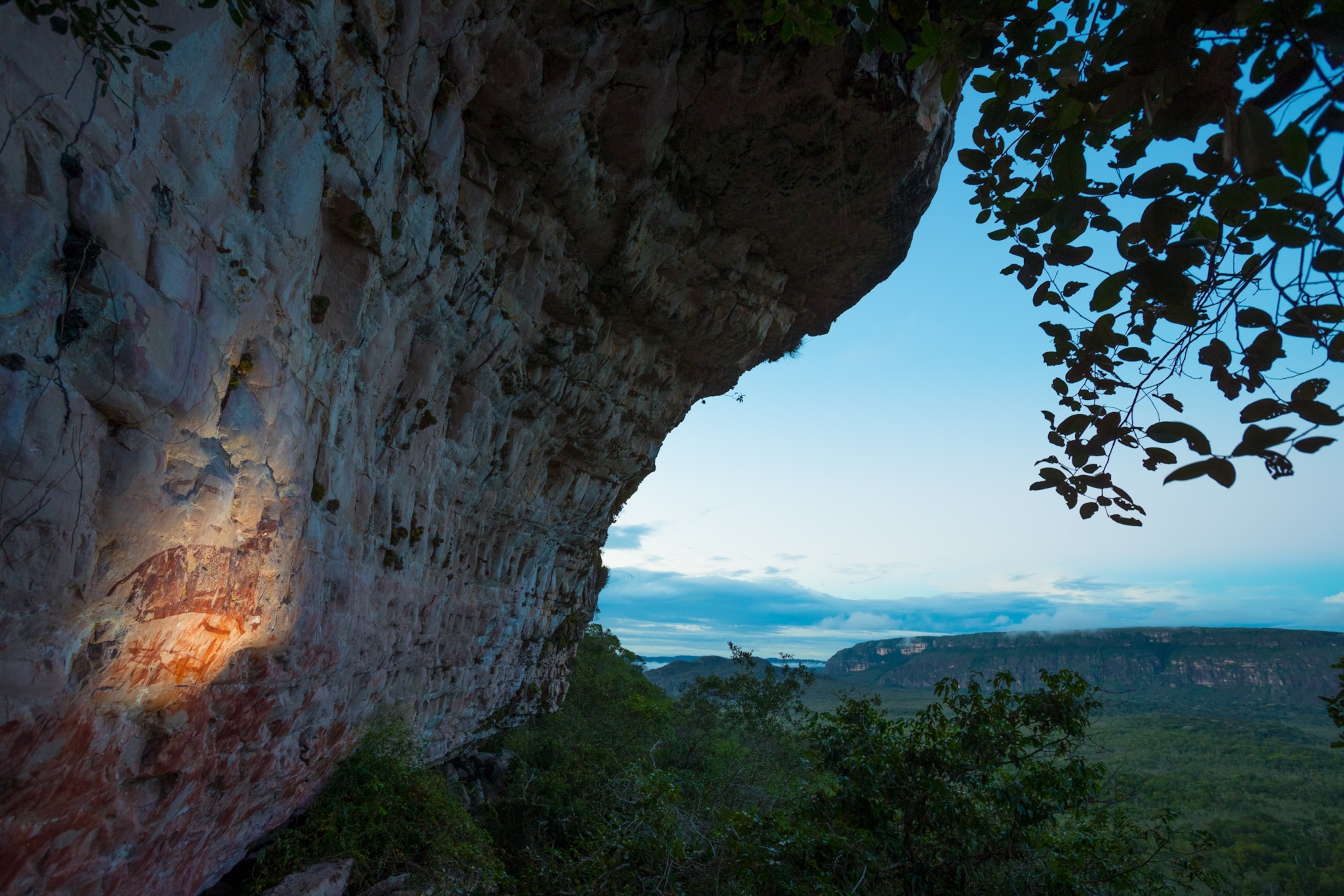
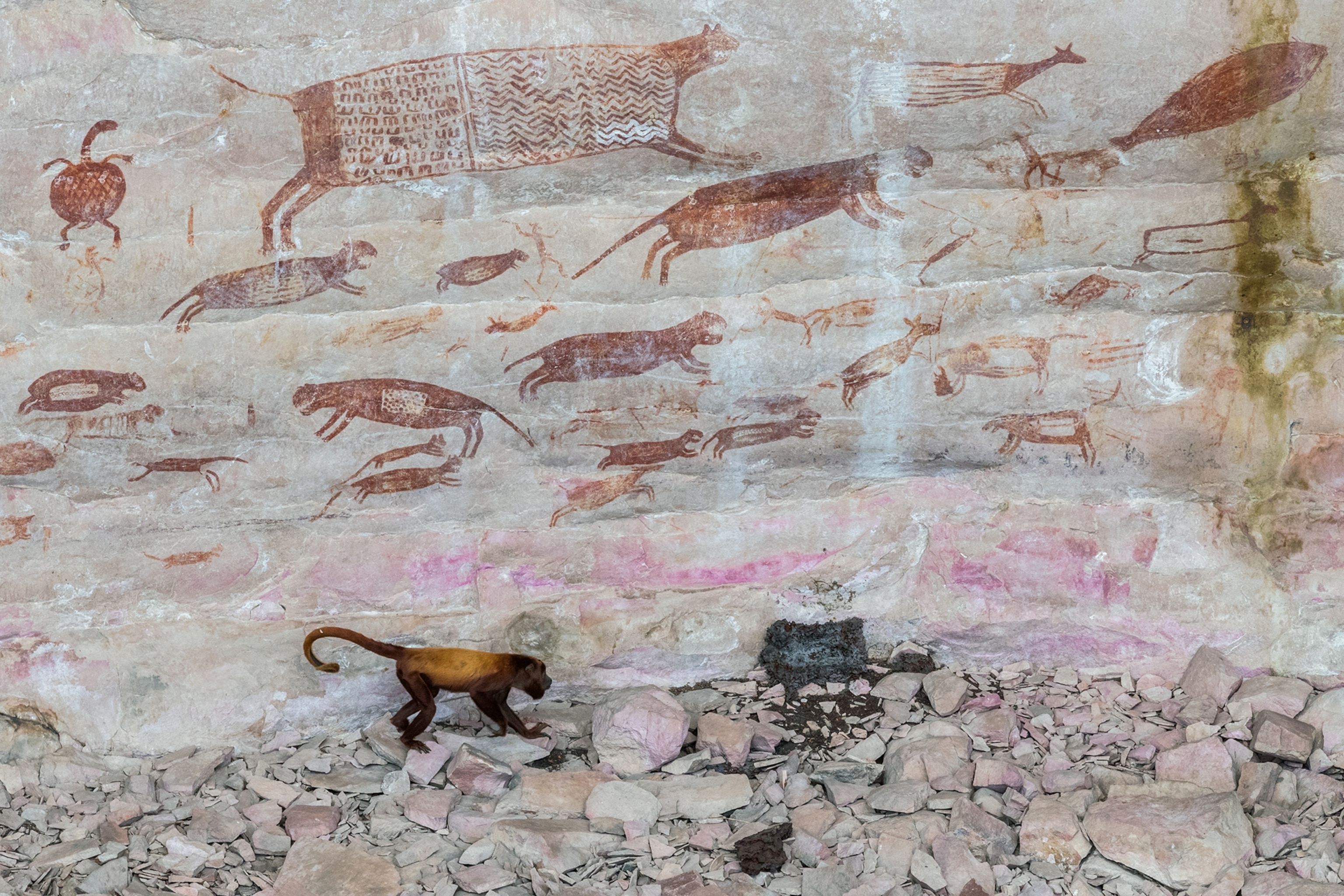
For generations locals have recognized this geological anomaly as a spiritually significant place. Most steered clear of it—afraid of the spirits that inhabited its vapors and the physical jaguars lurking in the surrounding forest. But curanderos, as many prefer to call themselves, have long been coming here to partake of its powerful medicine. Students of a different kind of science, they learned their medical botany in a process called “dieting,” in which they consumed and studied the effects of various preparations made from leaves, roots, barks, and sap. Their curriculum also drew on knowledge gleaned under the influence of ayahuasca, the psychotropic mother medicine central to the spiritual life of more than 70 indigenous tribes and mestizo cultures in the Amazon.
On our second evening at Mayantuyacu, Ruzo took photographer Steve Winter and me up to the cabin to meet Maestro Juan, one of the more famous curanderos in Peru. He was stretched out in a hammock, wearing only pants and smoking a mapacho. At 67, he seemed a man of few words, measured, stoic, watchful—fluent in Spanish but not the sort of person you could know too quickly or pepper with questions. He has 14 children, ages 13 to 30. Some are now working at Mayantuyacu. He grew up in the tiny village of Santa Rosa, 10 miles east of the Boiling River, the son of a curandero. On a day his father happened to go out without his tobacco pipe and the protection of the master tobacco spirit, he was killed by a falling tree.

Juan was 10 then, but was able to continue his education when a curandero from the Ashaninka tribe accepted him as an apprentice. He went on to study with healers from many tribes and backgrounds. He founded Mayantuyacu after a brush with death when he stumbled into a hunter’s trap and a blast from a rigged shotgun injured his legs, shattering a tibia. By the time he was carried to a hospital, he’d lost so much blood the doctors thought he might not live. They were sure he’d never walk without crutches.
A nurse suggested that a great curandero ought to be able to heal himself. So a week after the accident he took up his crutches and made the arduous pilgrimage up the Pachitea River and through the forest until he found a Came Renaco tree angled precariously over the Boiling River, its branches shrouded in steam. From the tree, he prepared bone-strengthening treatments. In a matter of months, he had the full use of his legs. Soon afterward, he married the nurse who had challenged him, and together they founded Mayantuyacu near the Came Renaco tree.

But now, more than two decades later, the health of the whole region around him is in decline. Much of the surrounding forest has been logged or burned off for cattle. The horizon is frequently flagged with plumes of black smoke. Most of the animals have been hunted out. Even ayahuasca vines are harder to find—Mayantuyacu now imports them from other parts of Peru or Brazil. In 2013, the year the road was built, the Came Renaco tree Maestro Juan had found fell into the Boiling River and died.
Winter pulled out his laptop to show our host the jaguar photographs he’d taken in the Pantanal in Brazil. The curandero smiled and softened his guard. It was as if he were looking at snapshots from a branch of his family that had moved away. He seemed boyishly delighted watching video of a jaguar dive into a river and come out dragging a 150-pound caiman up the bank in its jaws.
When the show was over and Winter closed the computer, Maestro Juan lit a mapacho.
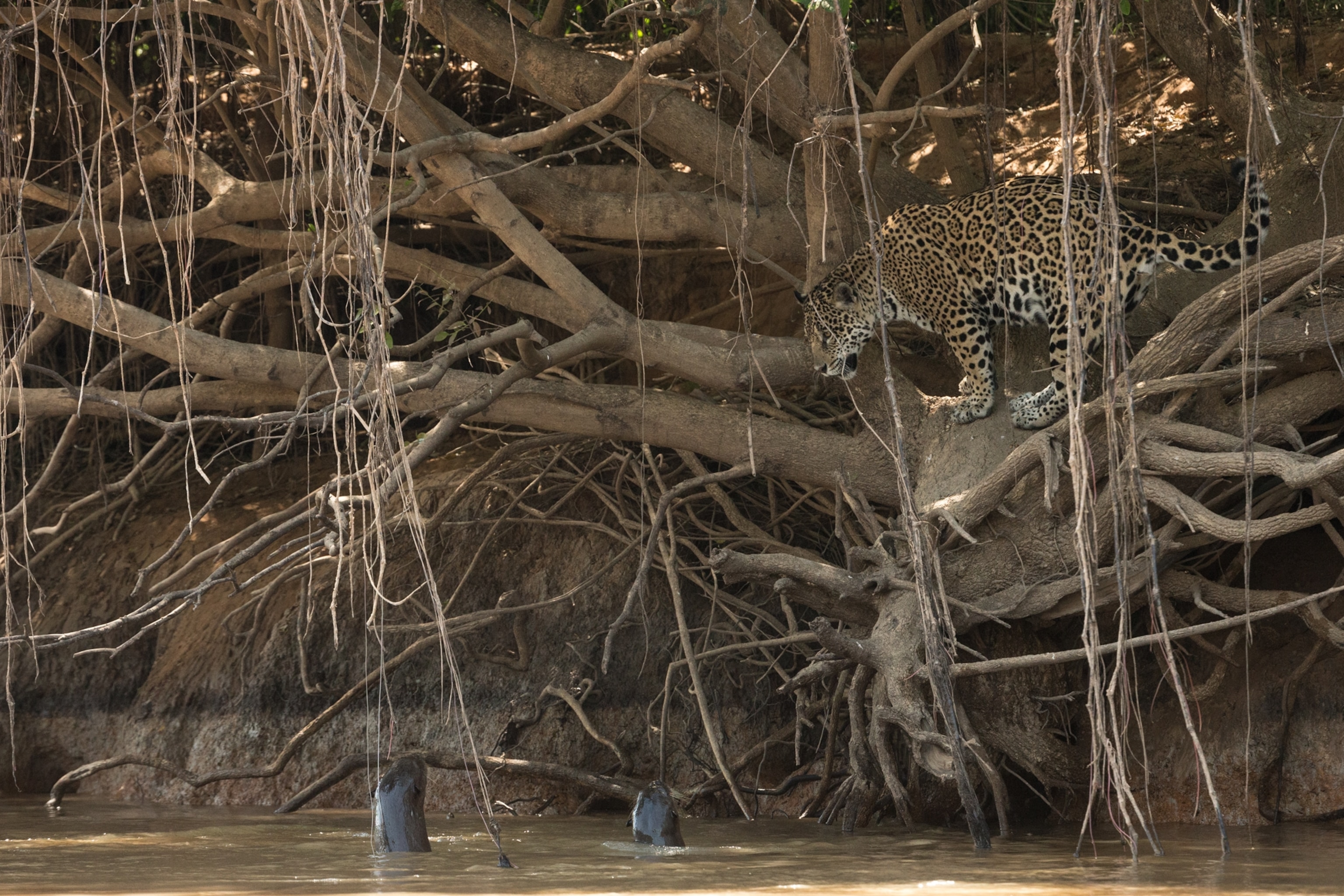
“The last jaguar in this area was killed two years ago,” he said. Most of the people at Mayantuyacu, his apprentices, the workers who prepared the ayahuasca vines, had never seen jaguars except when they were summoned during ceremonies and arrived in visions. For them the cat existed only in the spirit world.
Maestro Juan said he often called jaguar spirits to guard the entrance of the maloca during ceremonies. There were two: one associated with the spotted jaguar, known as the otorongo, and the other one tied to its much rarer variant, the black jaguar, which he referred to as the yanapuma. He said he would call them at the next ceremony.
I had a question that seemed painful to ask because it was plain he understood the slow-motion apocalypse unfolding around him—the way of life that was going up in the smoke of burning fields and vanished game, and in the absence of the jaguar’s roar. How can one call jaguar spirits from the forest if the forest has no jaguars?
“You can’t erase a spirit,” he said. “The body may have died, but the spirit is still here.”
And yet he prayed that the jaguar would return, knowing a jungle with a jaguar is healthier than a jungle without the keen hunter that keeps other species in check. “They are good,” he said quietly. “I hope they will come back.”
It had an earthy taste, the ayahuasca in the chalice, acrid-sweet, sort of like molasses. When the last of the portions had been distributed, the lights were doused and darkness rushed in from the forest, darkness that seemed as formidable as the face of the black jaguar whose defiant eyes we had seen close up, burning through the steel bars of a pen in Pucallpa.
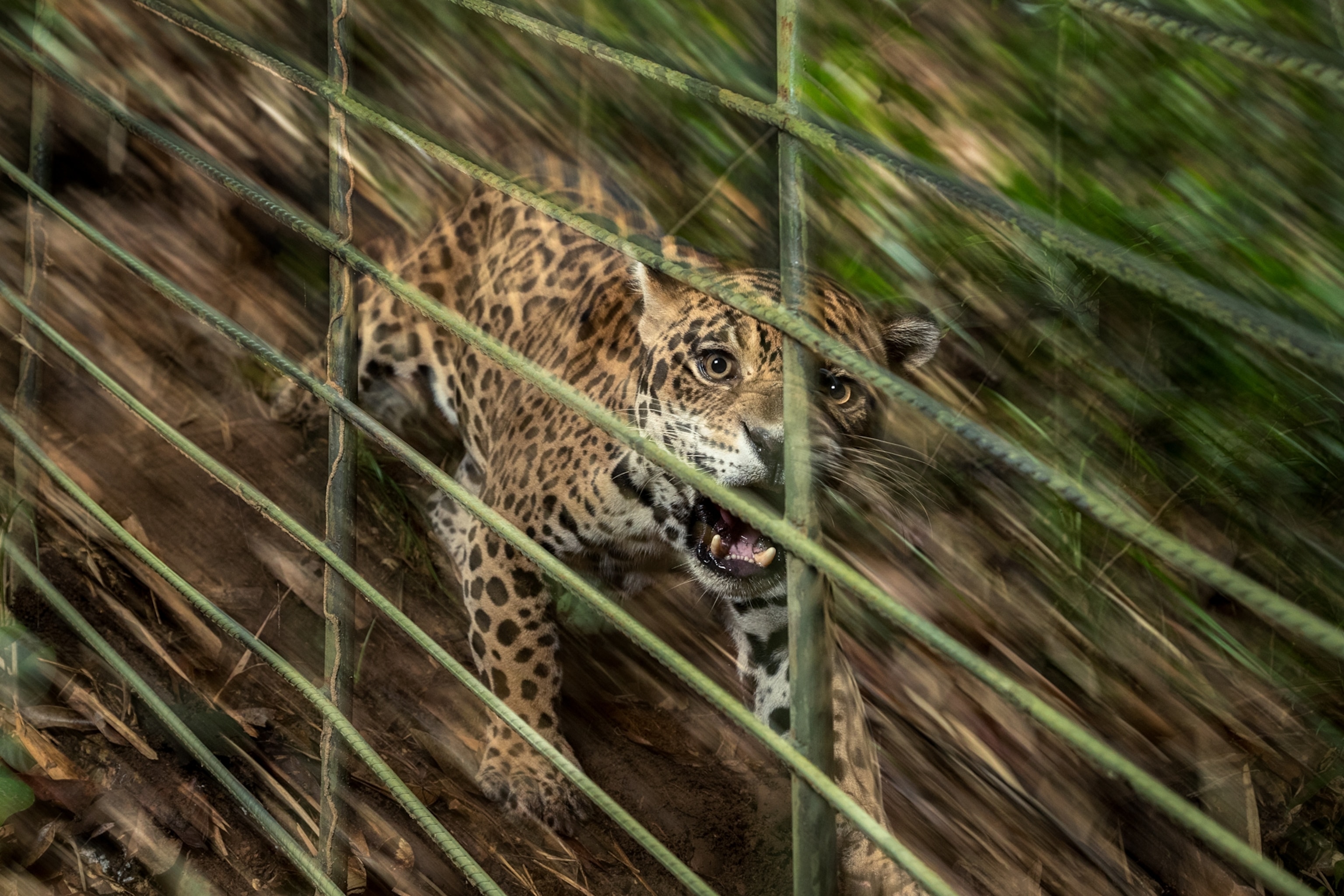
A half hour later, Maestro Juan, signaling that he could feel the effect of the medicine he drank along with everyone else, began to sing the first icaro, a monotone chant incorporating phrases from various languages plus gibberish vaguely reminiscent of Ella Fitzgerald scatting her way through “Mack the Knife.” He sat cross-legged wearing a long striped robe, a headdress of bright green parrot feathers, and necklaces of large brown snail shells and crimson huayruros seeds and jaguar canines. His song seemed to move the energy through the room.
Congregants who were not feeling any effects went up for a second cup, lighting their way to the maestro with their iPhones. Maestro Juan sang a chant that summoned the spirits of certain birds. Sometime later I heard him calling the jaguars to the maloca. I opened my eyes and found he had walked around the circle of mats and was sitting right in front of me.
He told me later the jaguars came and sat by the entrance of the maloca but did not stay long. “They were here only a while,” he said. “And then they headed back deeper into the jungle.”
I didn’t see them. Ayahuasca didn’t show me jaguars or any other animals of the spirit world.
What I did see over the next three hours made for one of the more revelatory experiences of my life. The moment that ayahuasca takes you is called the mareación, literally, “the dizziness,” a phrase that does no justice to the feeling of being ushered into another world, in my case, not the world of jaguar spirits but the secret kingdom of the plants. I felt I suddenly understood what it’s like to worm through the dark, claustrophobic realm of roots; to reach up through cathedral-like vaults of shadow and light like the tendrils of an understory vine. And what it’s like to know, as one intrinsically knows love or grief, that plants are as alive as any animal, simmering with intelligence, with sentience, with what truly seemed a kind of spirit.
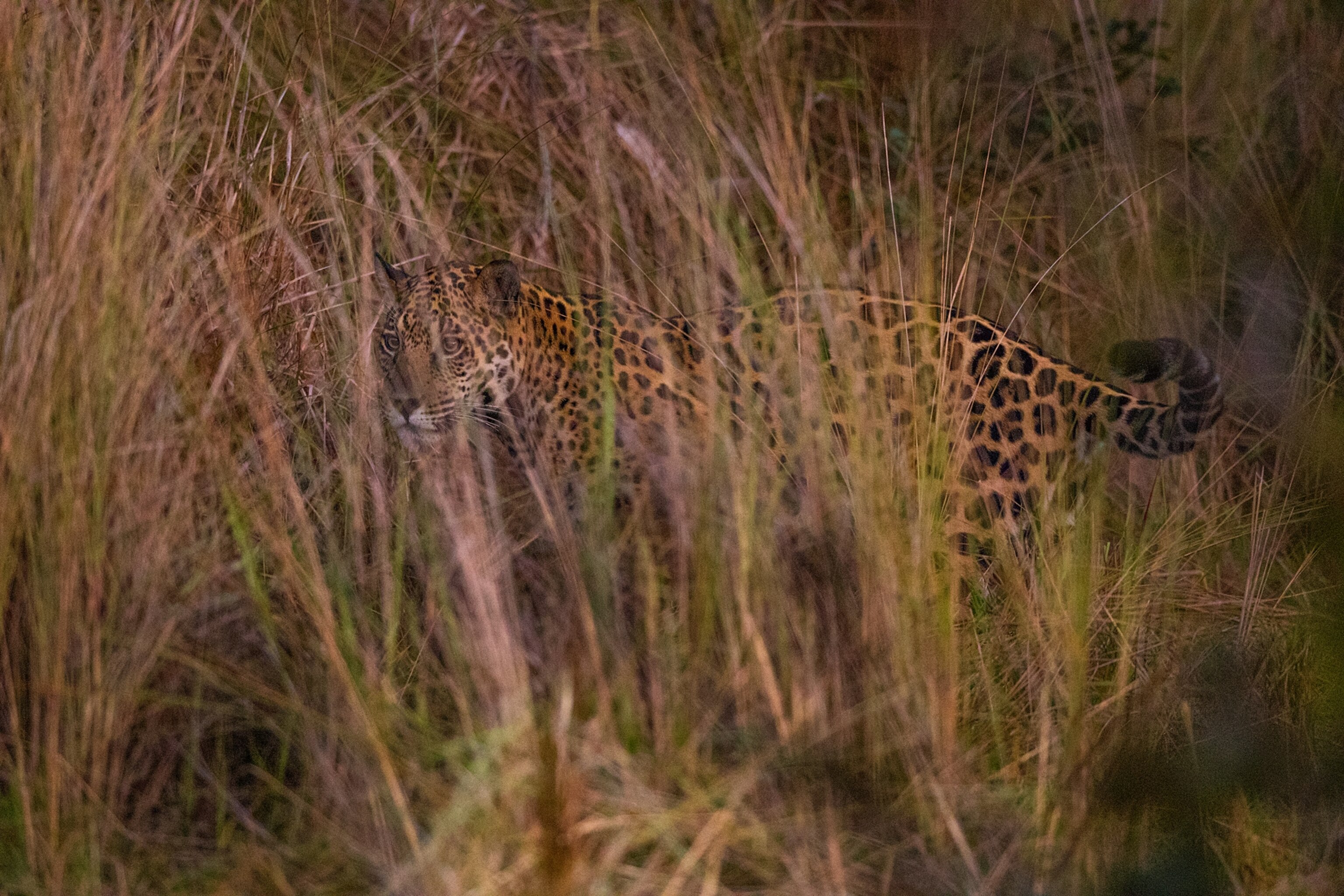
I felt myself swept up in what the poet Dylan Thomas famously described as “the force that through the green fuse drives the flower,” given to understand that there is a genius in the universe much larger than our own, ascending orders of genius braided into the DNA of every living thing. I heard other people singing out as if in celebration of the same epiphany; voices around the maloca breaking into song—hymns in Spanish sung by Peruvians who lived nearby and came to ceremonies two or three times a week; the chants of Maestro Juan and his apprentices; and some of the most exquisite wordless arias I have ever heard, icaros improvised in the moment, reverberating with joy, glistening like orchids made of sound.
I stayed up almost till dawn scribbling in my journal, knowing that nothing I could write would convey the beauty and strangeness of the night, the cascades of insight, the avalanches of laughter that overtook me when I realized the absurdity of my blinkered materialism and the general insanity of city life in New York, where nature is mostly rats, roaches, and the put-upon trees of Central Park. Over breakfast, I sat next to one of Maestro Juan’s former apprentices, who had been stationed on a mat next to mine. He told me that during my laugh riot he had blown tobacco smoke my way, afraid I might be “going loco.” I tried to tell him I had never felt saner.
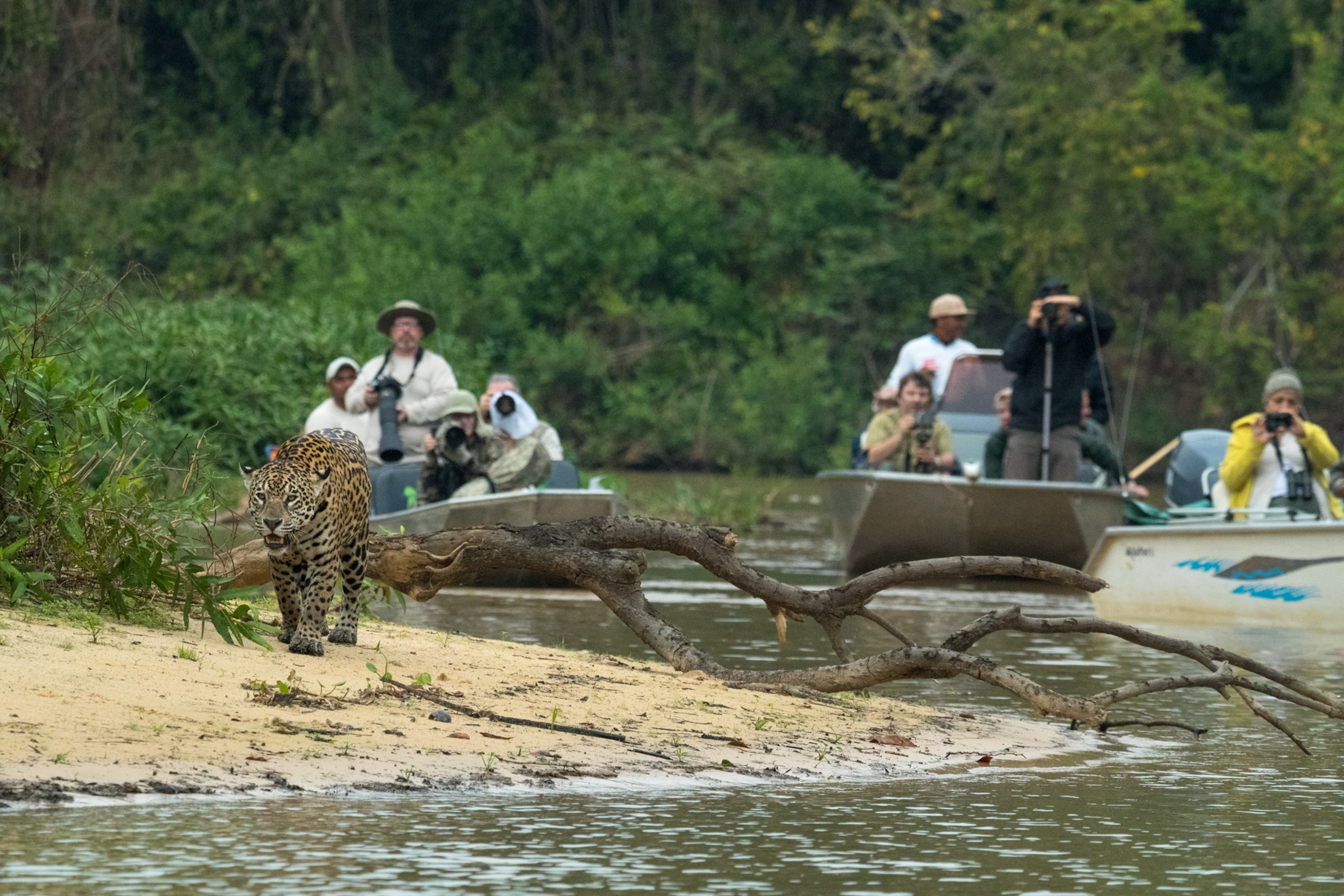
Still, I had to wonder how real it all was. Scientists tend to dismiss ayahuasca as a hallucinogen and attribute many of the cures of curanderos to placebo effects, or the power of suggestion, the skillful shamanic use of set and setting. Spirits can’t be verified or quantified. It made me queasy to recall the young Canadian I’d met who had a cancerous tumor in his leg but had turned down recommended surgery and radiation and was counting on a prescription of plants and insights gleaned from ayahuasca to cure him.
By the same token, Maestro Juan’s conviction that nature was teeming with spirits seemed a lot less daft the morning after the ceremony. Not daft at all, in fact. He lived in a world that had not been turned into a machine. Where I might hear the sound of the river as merely water flowing over rock, he heard a chorus of voices, sometimes including the voice of his sister who had drowned in a lake as a little girl only to reappear to him years later in the spirit world as a sirena.
Who was to say she wasn’t real? With his medicine, the maestro had shown everyone in the maloca what he knew of another world. What we wished to believe about the reality of it was up to us.
So many people from Europe and North America come to Mayantuyacu and other ayahuasca centers in Peru hoping to find some approximation of a “jaguar spirit” in themselves. (For some reason nobody covets an association with a Pucallpa squirrel.) The broader lesson of ayahuasca for me was that the jaguar’s roar is one voice in an ecological symphony, and that too often we focus myopically on charismatic species—the big cats especially—and forget that a crucial part of what they are is where they live and the thousands of other organisms that live alongside them, ourselves included.
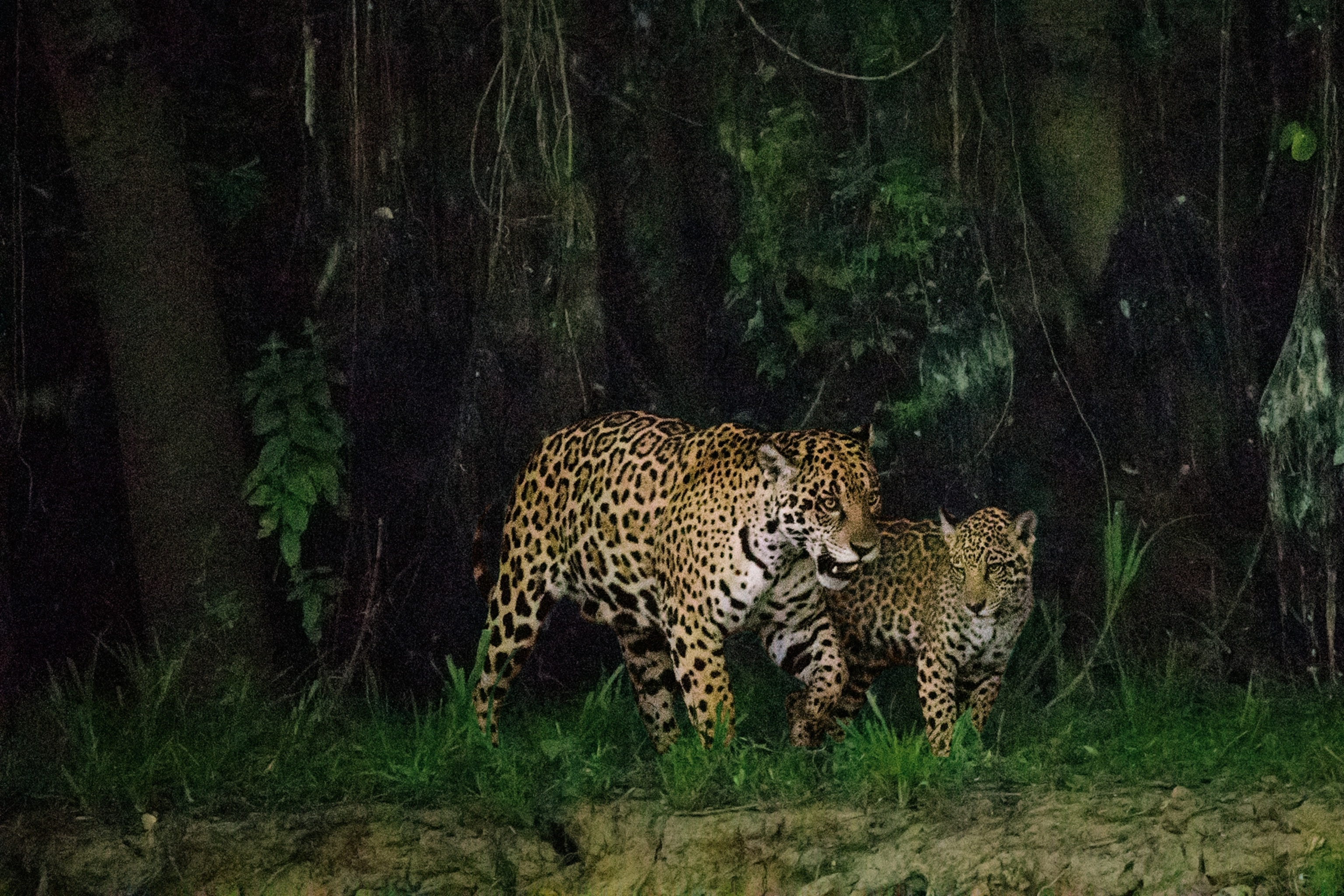
Some days later Ruzo told me of a vision that one of Maestro Juan’s apprentices had had during the ceremony. He’d seen a jaguar skeleton, lying on its side by the Boiling River, legs, rib cage, skull, perfectly complete. Maestro Juan and Ruzo had discussed the significance of it at length.
Maestro Juan took the skeleton to mean that the jaguar—in any form—can no longer protect the forest around Mayantuyacu. He has no doubt now that it is up to him, to Ruzo, to conservationists everywhere who venerate the jaguar’s power and grace, to keep the forest intact.
Chip Brown wrote “ Making a Man” for the January 2017 special issue, Gender Revolution. Steve Winter photographed jaguars for this feature in Brazil’s Pantanal region, one of their remaining strongholds.
Society Grant Your National Geographic Society membership helped fund this project.


